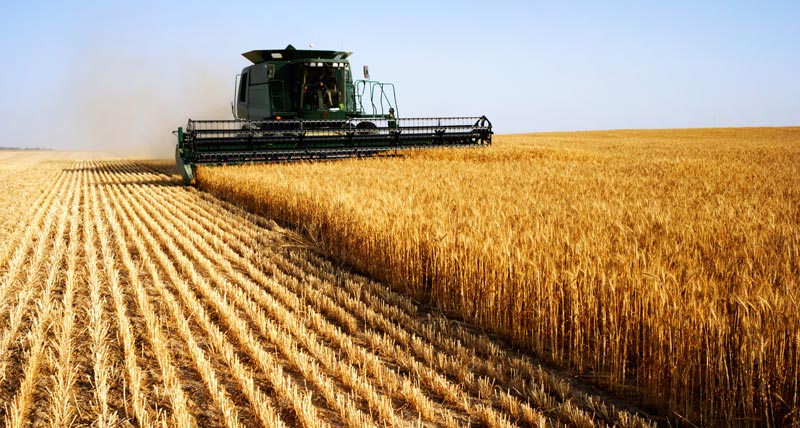The agriculture industry has undergone significant transformations in recent years, thanks to technological advancements that have revolutionized the way we grow crops and raise livestock. Among these innovations, one that stands out is the use of Kinetic Mesh Networks. These networks have the potential to reshape the agriculture landscape by offering robust, reliable, and efficient communication solutions that can significantly improve productivity, sustainability, and overall farm management.
What is a Kinetic Mesh Network?
A Kinetic Mesh Network is a wireless communication system that utilizes mobile nodes to create a dynamic, self-forming, and self-healing network. Unlike traditional fixed wireless networks, where each node relies on a static infrastructure, kinetic mesh networks are adaptive and resilient. They can automatically reroute data traffic through the most efficient paths, even if some nodes go offline or the network topology changes.
Kinetic Mesh Networks in Agriculture
- Remote Monitoring and Control: One of the primary advantages of kinetic mesh networks in agriculture is their ability to enable remote monitoring and control of various farm operations. With the installation of sensors, cameras, and other IoT devices across the farm, farmers can gather real-time data on environmental conditions, soil moisture levels, crop health, and livestock well-being. This data can be transmitted wirelessly through the kinetic mesh network to a central control center or directly to the farmer’s mobile device, allowing for immediate responses to any issues that may arise.
- Precision Agriculture: Precision agriculture relies heavily on accurate and timely data. Kinetic mesh networks can support precision agriculture practices by facilitating the seamless transmission of data from GPS-guided tractors, and other equipment. Farmers can use this data to optimize planting, irrigation, fertilization, and harvesting processes, reducing resource waste and maximizing yields.
- Improved Farm Management: Farmers can use kinetic mesh networks to streamline farm management tasks. For instance, they can remotely monitor and control irrigation systems, adjust the ventilation and temperature in livestock barns, and keep an eye on the security of their assets. This level of automation and control not only saves time but also enhances efficiency and sustainability.
- Disaster Preparedness and Response: Agriculture is susceptible to various natural disasters such as wildfires, floods, and storms. Kinetic mesh networks can provide a vital communication lifeline during such events. These networks can reroute data and ensure that farmers and first responders can coordinate efforts even when traditional communication infrastructure is compromised.
- Scalability: The flexibility of kinetic mesh networks makes them highly scalable. Farmers can easily expand their network coverage by adding more nodes or devices as their operations grow. This scalability ensures that the network remains effective and adaptable to changing needs.
Challenges and Considerations
While Kinetic Mesh Networks offer numerous advantages for agriculture, there are some challenges to consider:
- Initial Investment: Setting up a kinetic mesh network can require a significant initial investment in hardware and infrastructure. However, the long-term benefits often outweigh the initial costs.
- Technical Expertise: Managing and maintaining a kinetic mesh network may require technical expertise. Farmers may need to collaborate with IT professionals or network service providers to ensure proper setup and ongoing support.
- Security Concerns: With the increasing use of IoT devices on farms, security becomes a critical consideration. Protecting data and network integrity is paramount to prevent unauthorized access or cyberattacks.
Conclusion
Kinetic Mesh Networks have the potential to transform agriculture by enabling efficient, data-driven farm management and remote monitoring. These networks offer scalability, reliability, and resilience, making them an ideal choice for the modern agricultural landscape. As the agriculture industry continues to evolve and embrace digital technologies, the adoption of Kinetic Mesh Networks will likely play a crucial role in ensuring sustainable and productive farming practices.
